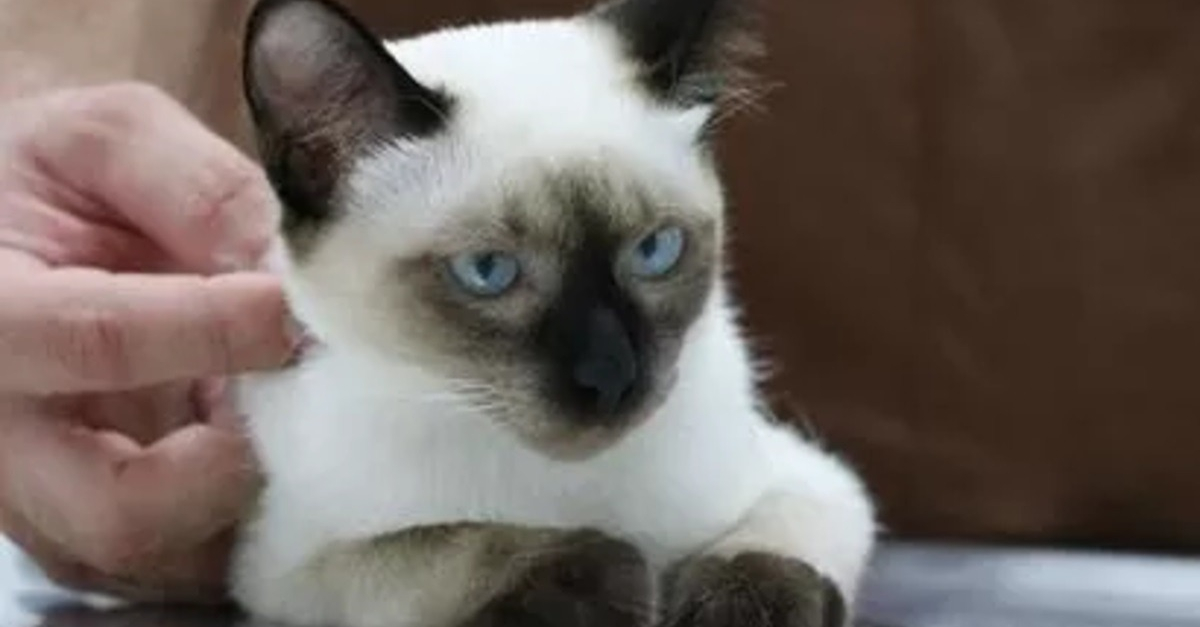A young cat born with a very rare form of tumor in her tail had to undergo delicate surgery for its extraction. The growth in question contained hair, teeth and bones, among other things, as if it were an incomplete twin.
© DHA
In Turkey, a female cat has been successfully operated on after veterinarians discovered a teratoma had developed in her tail, reports Daily Sabah. This is the first case of this type to have been identified in the country and the 2e in the world.
Aged 4 months, the Siamese female recovered perfectly from the surgery, which was particularly complex. It was performed in a veterinary clinic in Ankara by the doctor Emir Duzgoren and his colleagues.
According to the latter, the owner of the young cat, Busra Nur Yildiz, had brought her to the clinic after noticing a worrying lump on her tail. X-rays had revealed bone tissue having formed in this mass. Subsequent analyzes confirmed that it was a teratoma.
DHA
A teratoma arises from primitive germ cells. He may be mistaken for a “twin” or a “Siamese” with an unfinished development and stuck to the individual, but this is not the case. It is indeed a tumor.
Bones, hairs and teeth
In this cat, the teratoma included a skeleton, therefore, but also hair and teeth. It had to be removed so she could live healthy.
After the operation, the animal knew 2 months of convalescence. Today, he is doing wonderfully and no longer bears any trace of a tumour.
Read also: A kitten and a puppy taken in when they were only a few days old become inseparable
DHA
Emir Duzgoren adds that this cat will be the subject of an article which will be published in a medical journal, given the rarity and complexity of this case.

Par alexander god
Chief Editor



